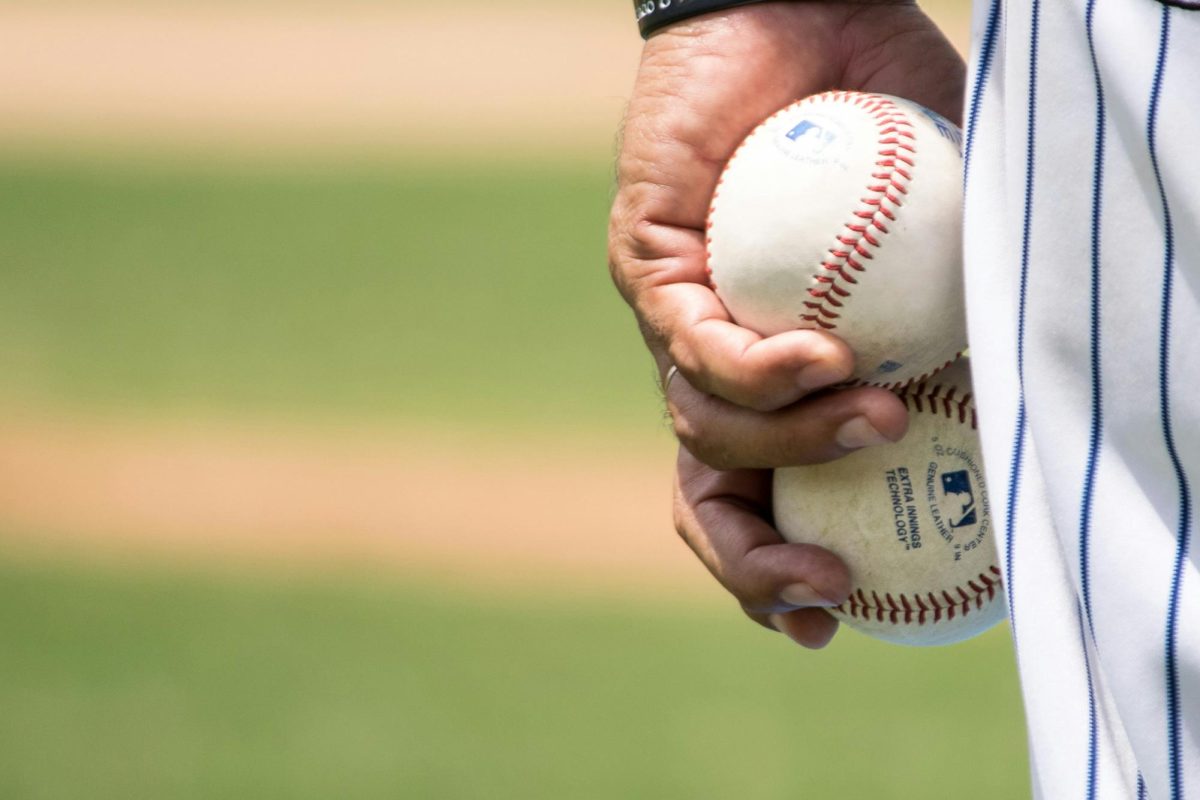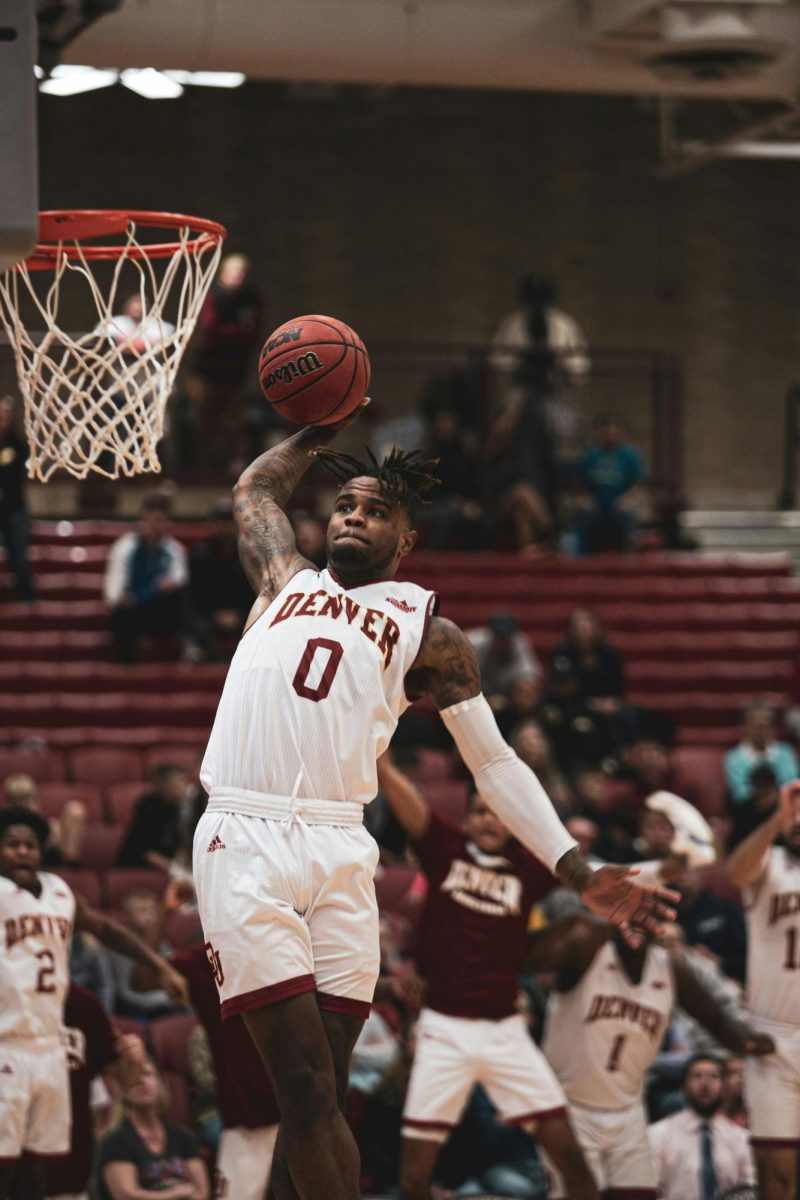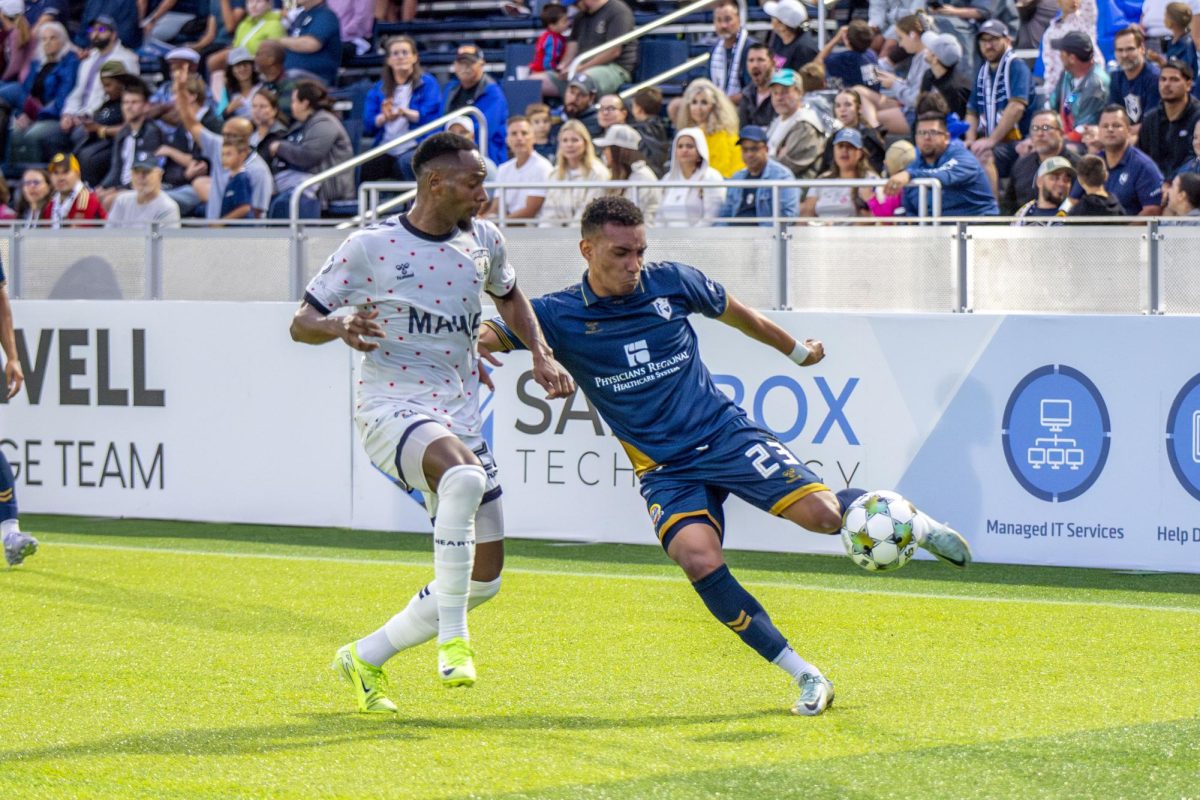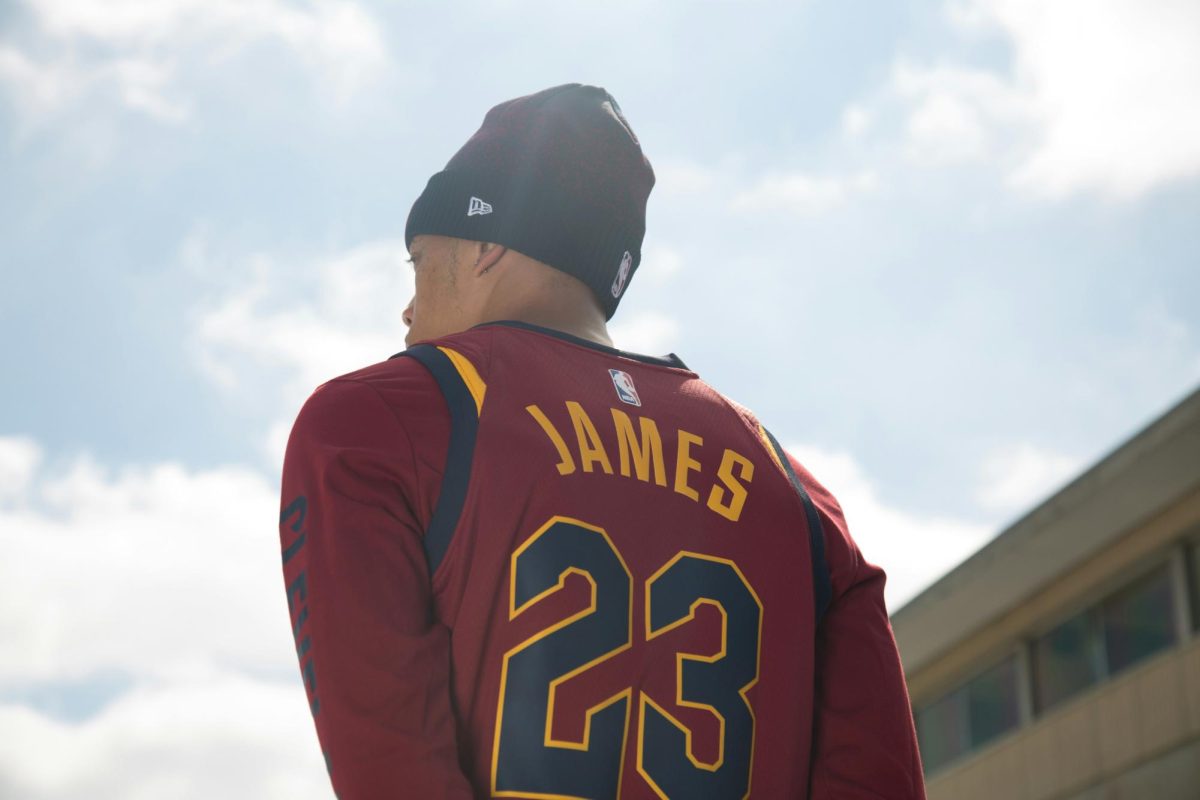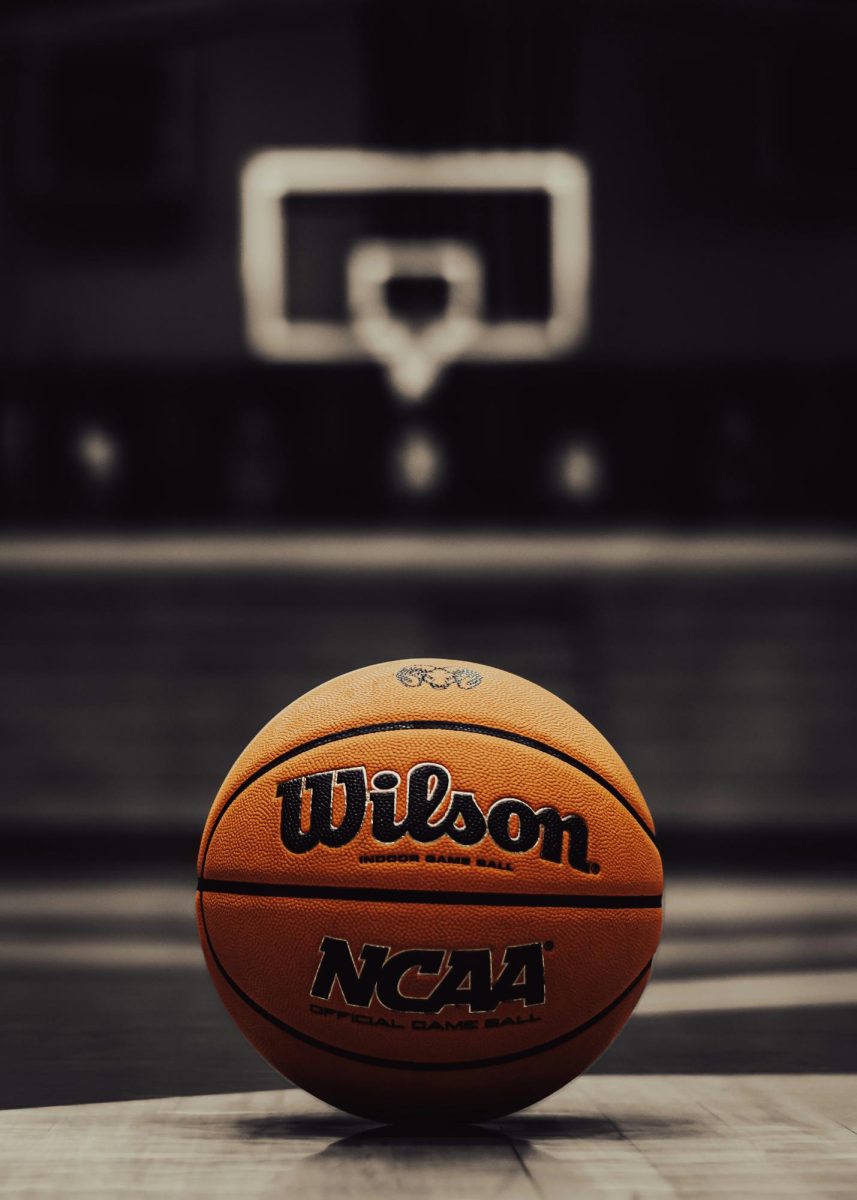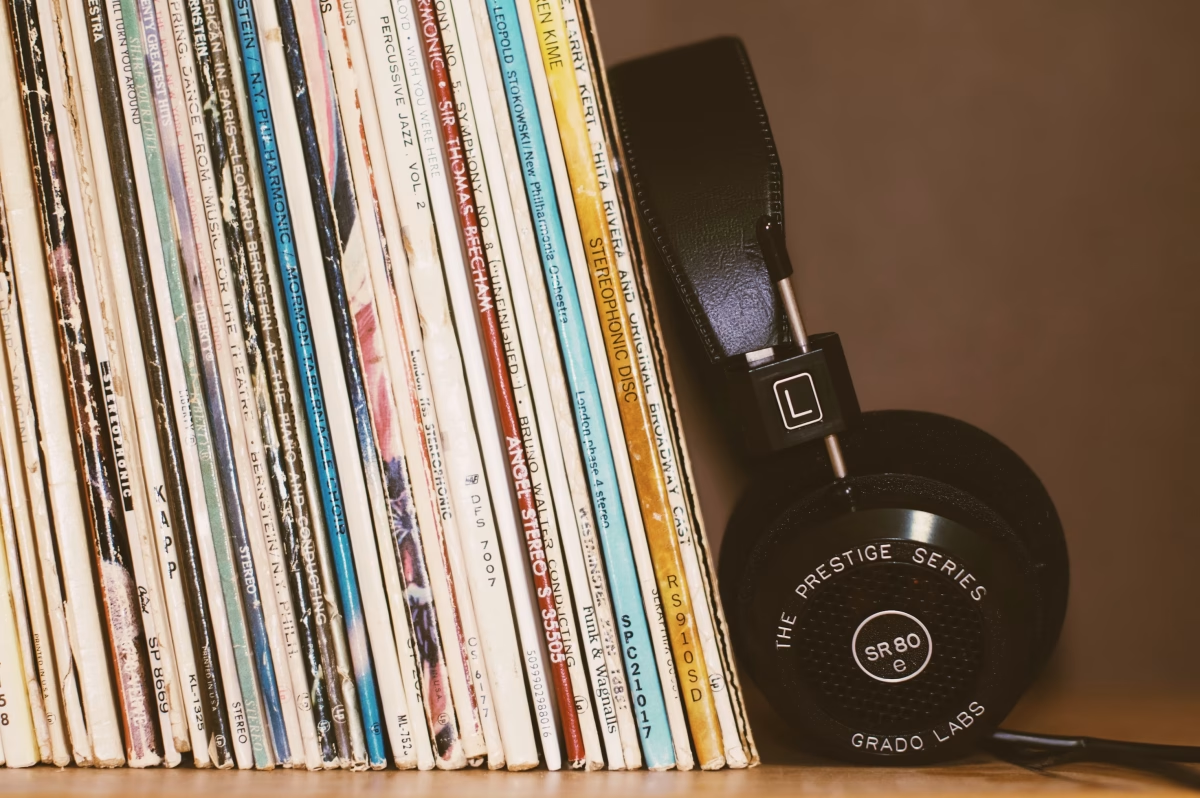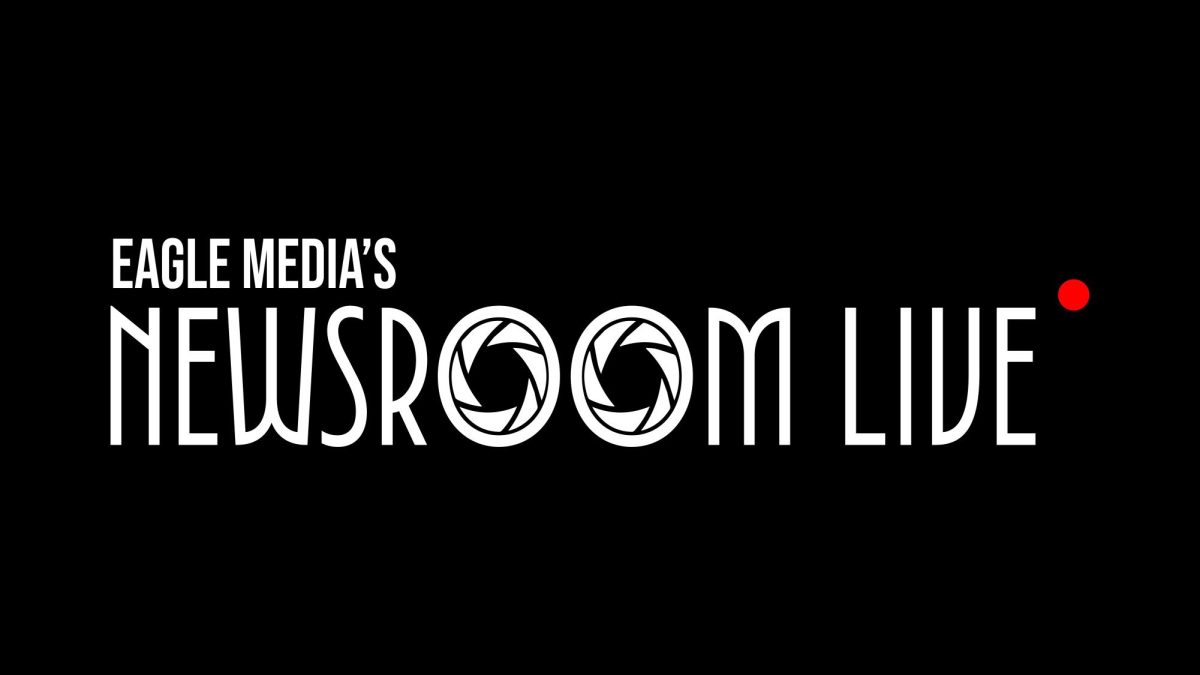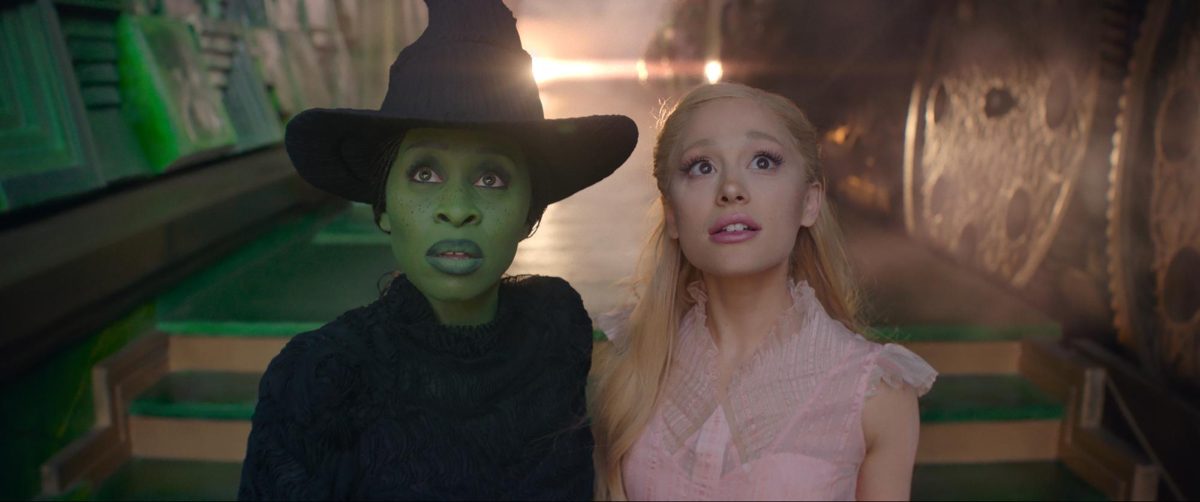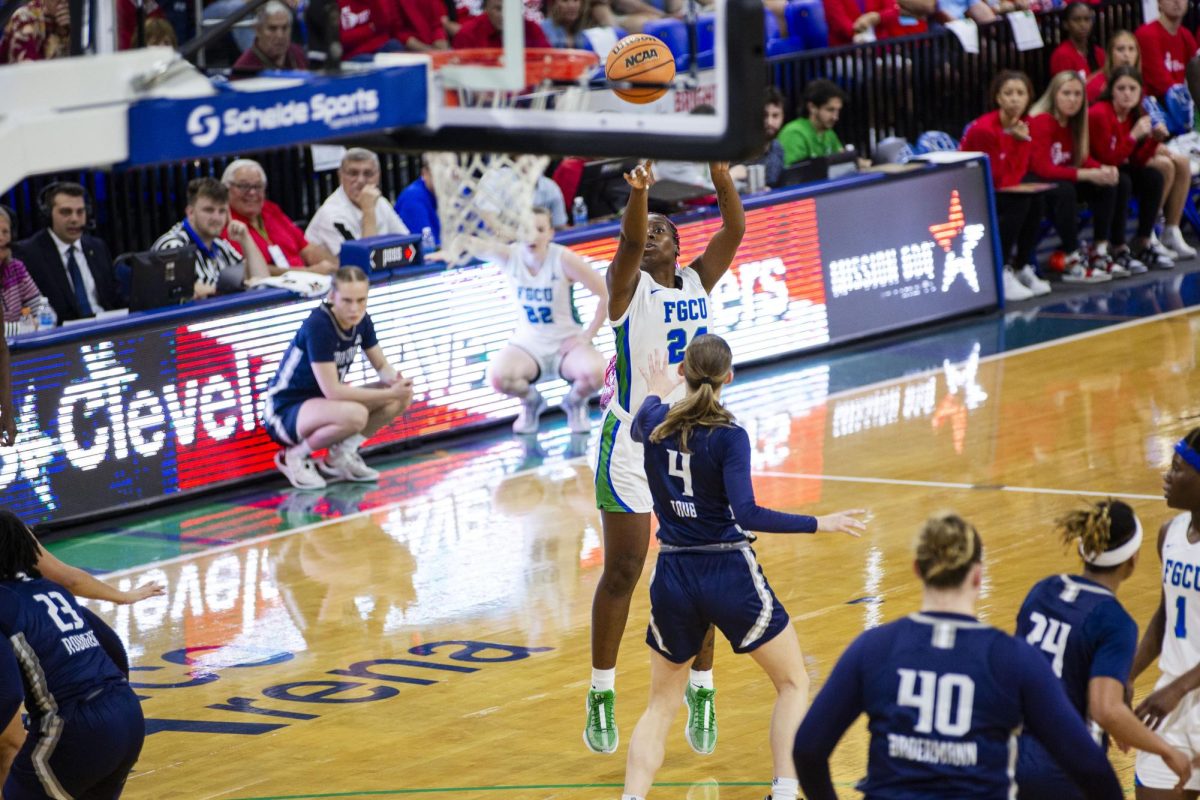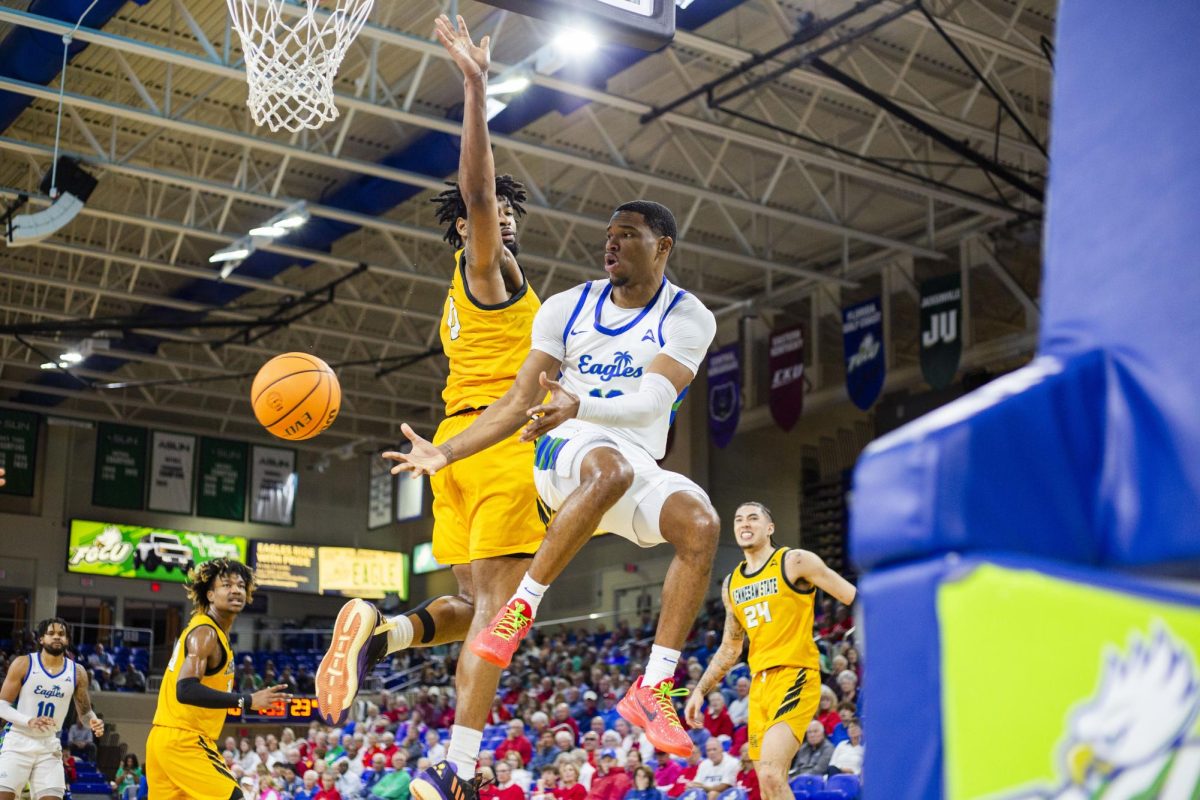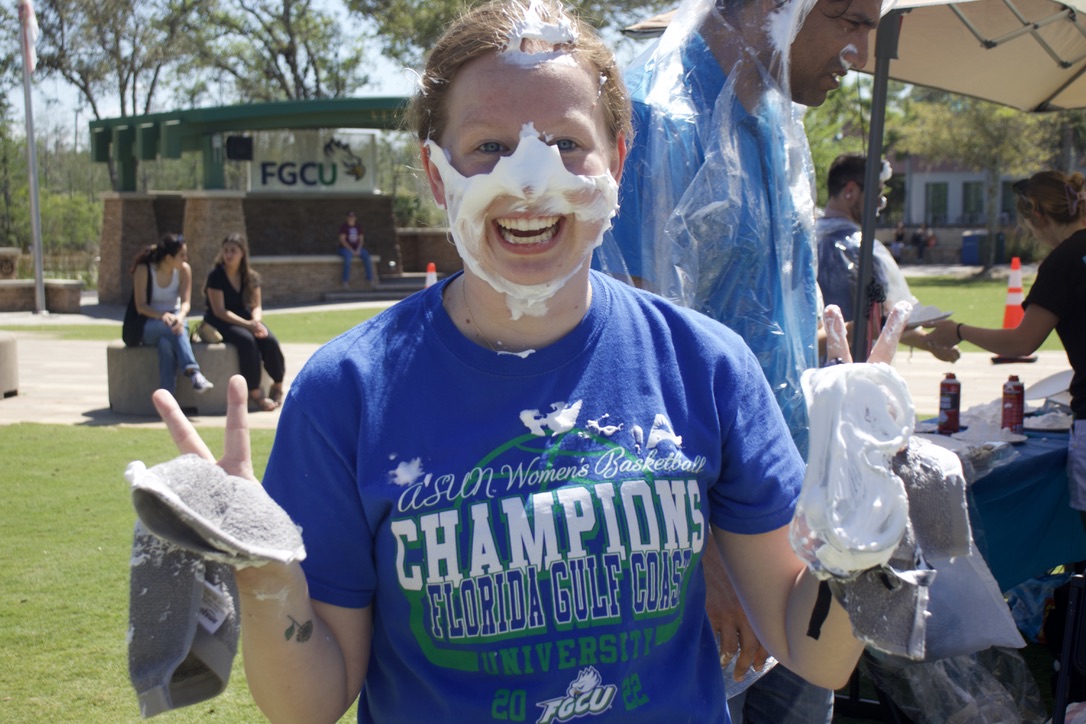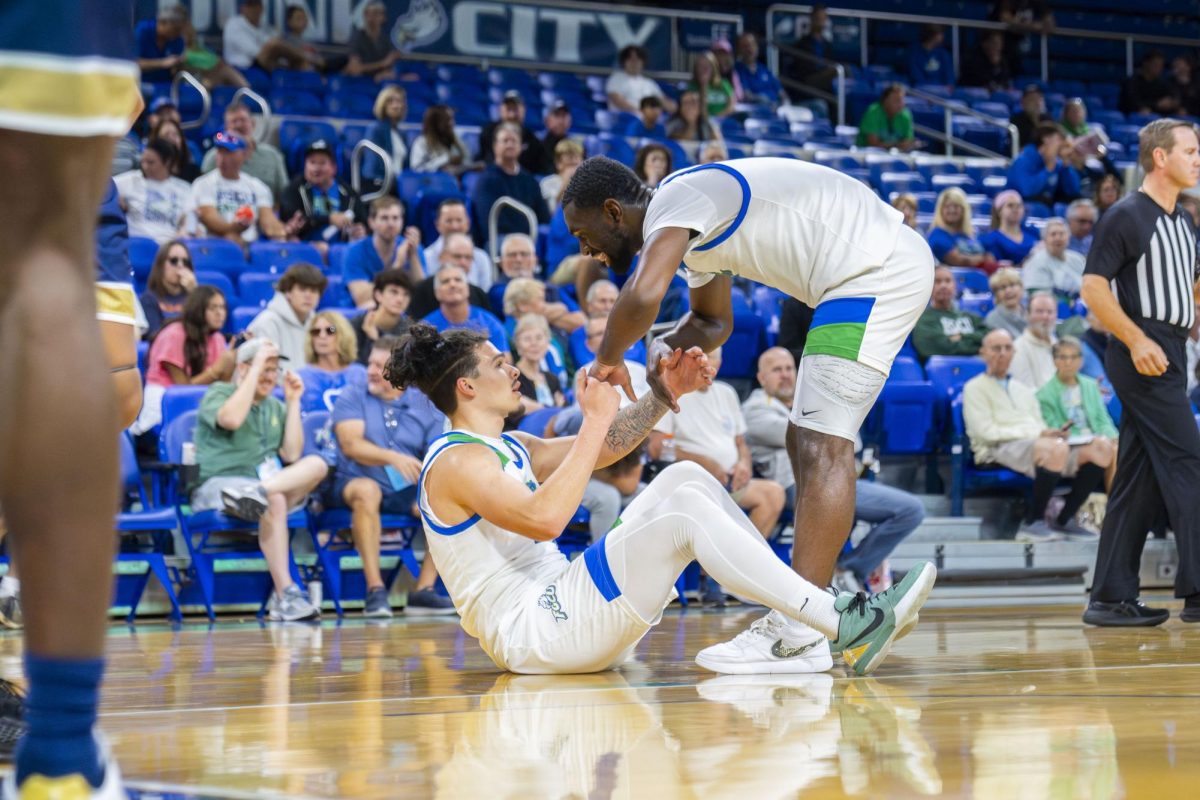Would you rather have $338,056 or $55,761,216? For most athletes, the latter is a no-brainer. But for women in sports, that imbalance represents a hard-hitting reality. The highest-paid player in the WNBA, Caitlin Clark, has a base salary of $76,535 which was part of her four-year, $338,056 contract. NBA star Stephen Curry is the highest paid in the NBA, earning $55,761,216.
This pay gap isn’t just a matter of dollars but reflects how society views women’s athletics. ESPN doesn’t have a page dedicated to WNBA salaries, but the NBA earnings are boldly displayed, saying, “Read me.”
Women’s sports often have negative connotations. There is less media coverage, less sponsorship and lower pay, yet players deliver performances of their lifetimes. Clark’s salary increase sparked enough interest. It’s a huge step forward but it’s still 54,000,000 steps behind. The male sports leagues are still raking in billions while securing these once-in-a-blue-moon broadcasting deals.
One sport where the pay is the closest to being equivalent is tennis. Professional women players have made tremendous efforts to close the pay gap. There are four major tennis tournaments, and the prize money has been equal since 2007.
Tennis has reached a larger audience and has proven women’s sports can be just as enjoyable and compelling as men’s sports. With more investments and advertisements, there would be more interest.
There’s a disparity between musical artists and the opposite of what is happening in the sports industry. Taylor Swift earned nearly $2 billion from her Eras Tour, while Drake grossed roughly $320 million. People can recognize talent from anyone, but how they come across it matters. This large gap in sports is cutting into how young girls and boys see the value of women in sports.
It’s not only a continuous problem in the U.S. but across the globe. This sends a message to future generations that society doesn’t judge talent. It judges you.
What are children learning when the people they look up to are predominantly men? Women are secondary in their minds. It teaches children these internalized gender inequalities, and it affects their future aspirations.
If there were more advertisements and endorsements, the rate of women’s sports watchers could rise and hopefully improve the humongous gap in pay. When you go into a retail store or sports store and see the merchandise for teams and players, do you see women on them? Understandably, professional athletes are paid more than the average hard worker, but the argument is that women do not deserve to be praised like the other “superstar” athletes.
Some ways to fix this issue as an avid sports watcher would be to watch and follow women’s games, share on social media, attend local women’s sports events, donate to women’s sports charities and even start your own way to advocate and create new opportunities for women and young girls.







